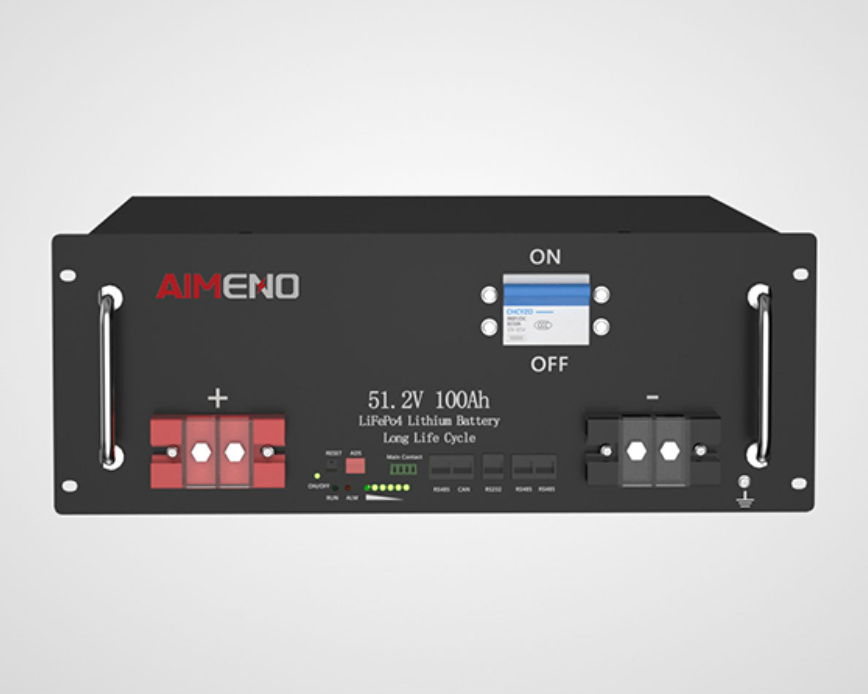Lithium-ion batteries are an essential part of modern life, powering
everything from smartphones to electric vehicles. They are known for their high
energy density, low self-discharge rate, and long life span, making them a
popular choice for portable electronic devices and electric vehicles.

The process of making a lithium-ion battery begins with the procurement of
raw materials. These include lithium, cobalt, nickel, and other metals that are
used to create the electrodes and electrolyte solution. These materials are
typically mined and refined before being used in battery production.
Next, the raw materials are mixed and processed to create the cathode and
anode of the battery. The cathode, made of lithium cobalt oxide or another
lithium-based compound, is responsible for storing and releasing the lithium
ions during the charging and discharging process. The anode, made of graphite or
another carbon-based material, serves as the negative terminal of the battery
and stores the electrons.
Once the cathode and anode have been prepared, they are coated onto thin
sheets of aluminum or copper foil to create the electrodes. These electrodes are
then cut into small rectangular shapes and stacked together with a separator, a
thin polymer film that allows the ions to pass through but prevents the
electrodes from touching. The separator is typically soaked in an electrolyte
solution, which consists of a mixture of lithium salts in a solvent.
The stacked electrodes and separator are then placed into a cylindrical
casing, which is typically made of metal or plastic. The casing is sealed and
the excess electrolyte is removed, leaving just enough to saturate the
separator. The battery is then charged and discharged several times to ensure
that it is working properly.
Finally, the completed lithium-ion battery is inspected and tested to ensure
that it meets quality standards. If it passes all of the tests, it is ready to
be shipped to manufacturers who will use it to power a wide range of electronic
devices.
The process of making a lithium-ion battery involves the procurement and
processing of raw materials, the creation of the cathode and anode, the stacking
and assembly of the electrodes, and the testing and inspection of the completed
battery. These steps are essential to ensuring that the battery is of high
quality and able to provide reliable power to electronic devices.Recommended reading:Lithium Ion Battery Manufacturer
